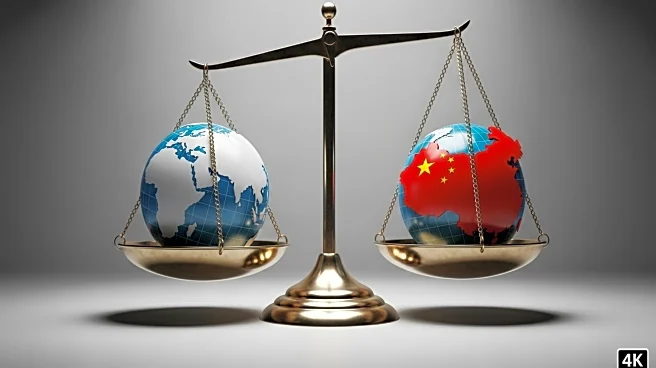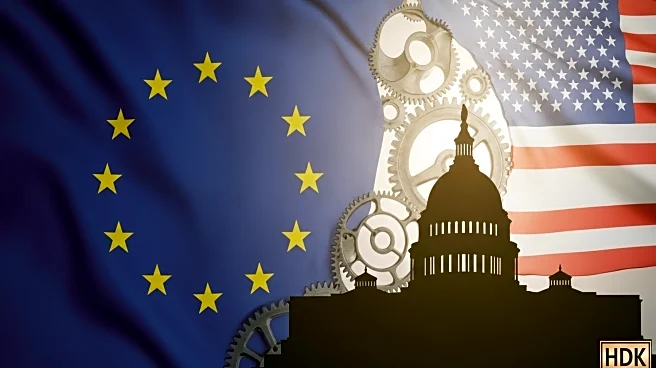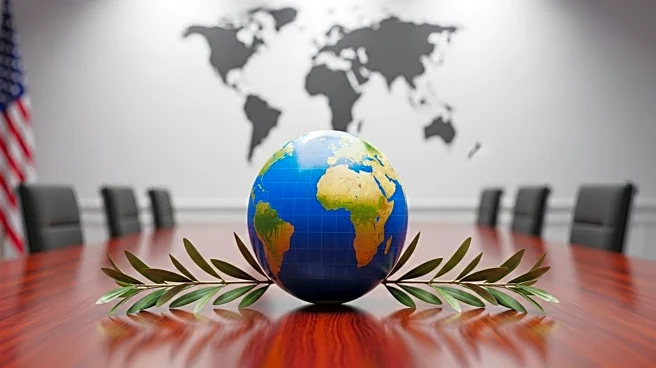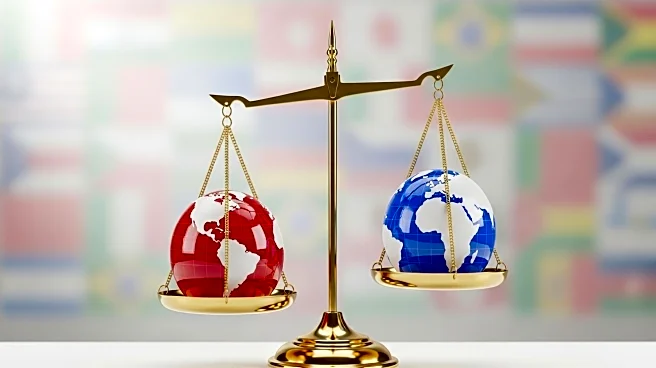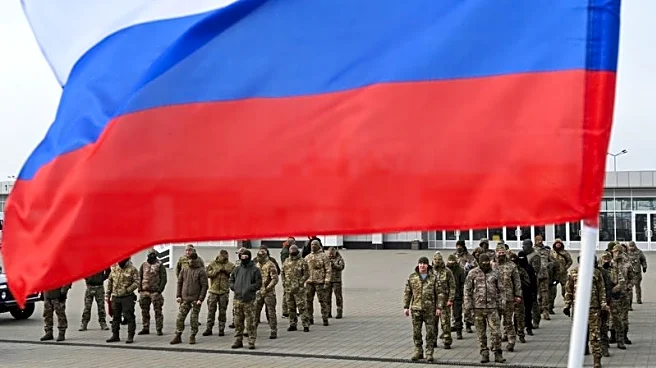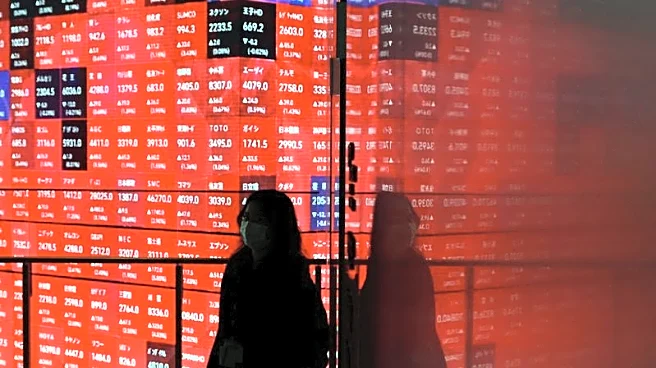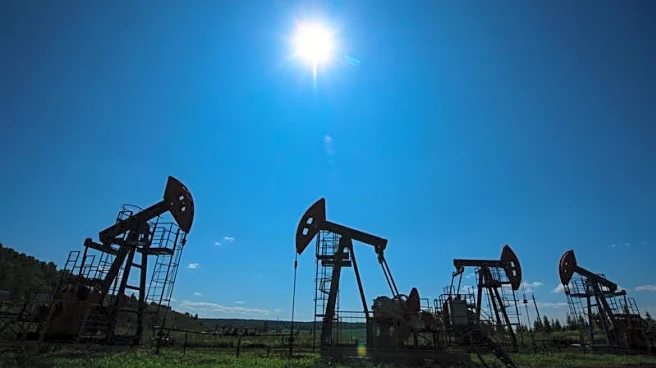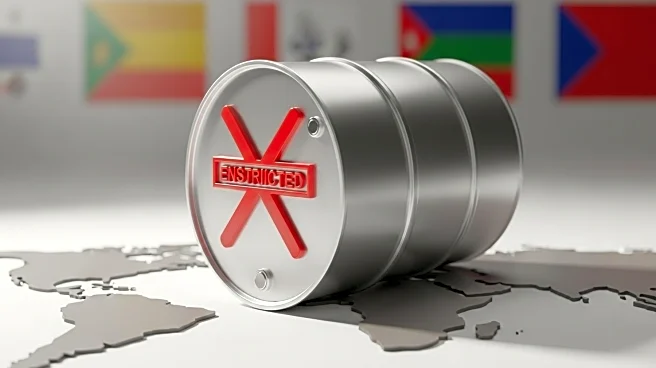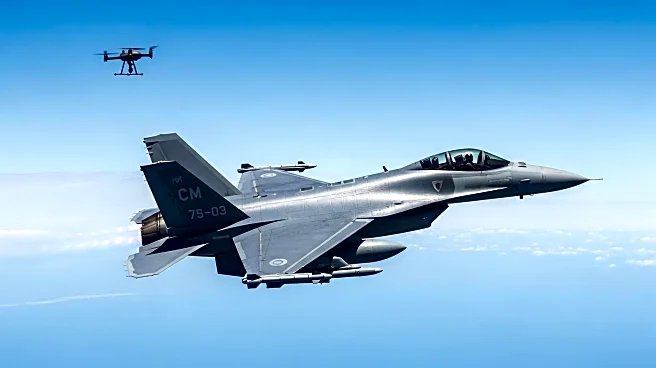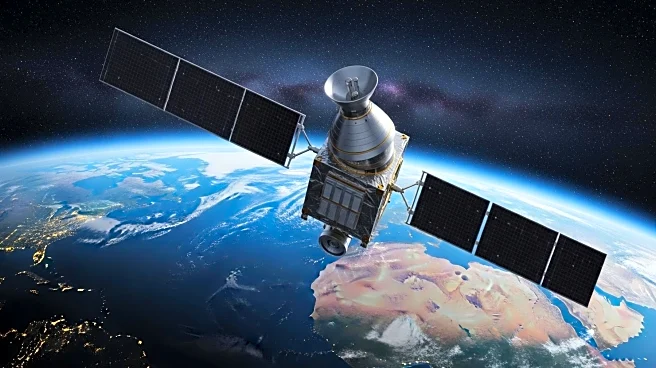What is the story about?
What's Happening?
President Trump has urged European nations to impose tariffs ranging from 50% to 100% on China as part of a strategy to pressure Russia to end its invasion of Ukraine. This request was made public through a social media post, where Trump argued that such tariffs, along with halting Russian oil purchases, would significantly impact Russia's economic stability. However, the European Union has pushed back against this proposal, citing legal and procedural constraints. The EU typically separates tariffs, which are trade tools, from sanctions, which are foreign policy tools, and any new measures must comply with World Trade Organization rules. The EU's reluctance is also influenced by the potential economic repercussions and the lack of political consensus among member states.
Why It's Important?
The EU's decision to reject President Trump's tariff proposal highlights the complexities of international trade and diplomacy. Imposing such high tariffs could disrupt global trade systems and potentially harm the European economy more than it would weaken Russia. The EU's stance underscores the importance of maintaining a balanced approach to sanctions and trade policies, especially when dealing with major trading partners like China. This situation also reflects the broader geopolitical tensions and the challenges of forming a unified front against Russia's actions in Ukraine. The EU's cautious approach may prevent further economic instability and maintain its trade relations with China.
What's Next?
The EU is likely to continue its current strategy of targeted sanctions rather than adopting blanket tariffs. This approach allows the EU to maintain its economic interests while still applying pressure on Russia. Meanwhile, President Trump's tariff strategy faces legal challenges in the U.S., with a Supreme Court decision expected in November. The outcome of this case could influence future U.S. trade policies and international relations. Additionally, the EU may explore other diplomatic avenues to address the ongoing conflict in Ukraine and its economic implications.
AI Generated Content
Do you find this article useful?
